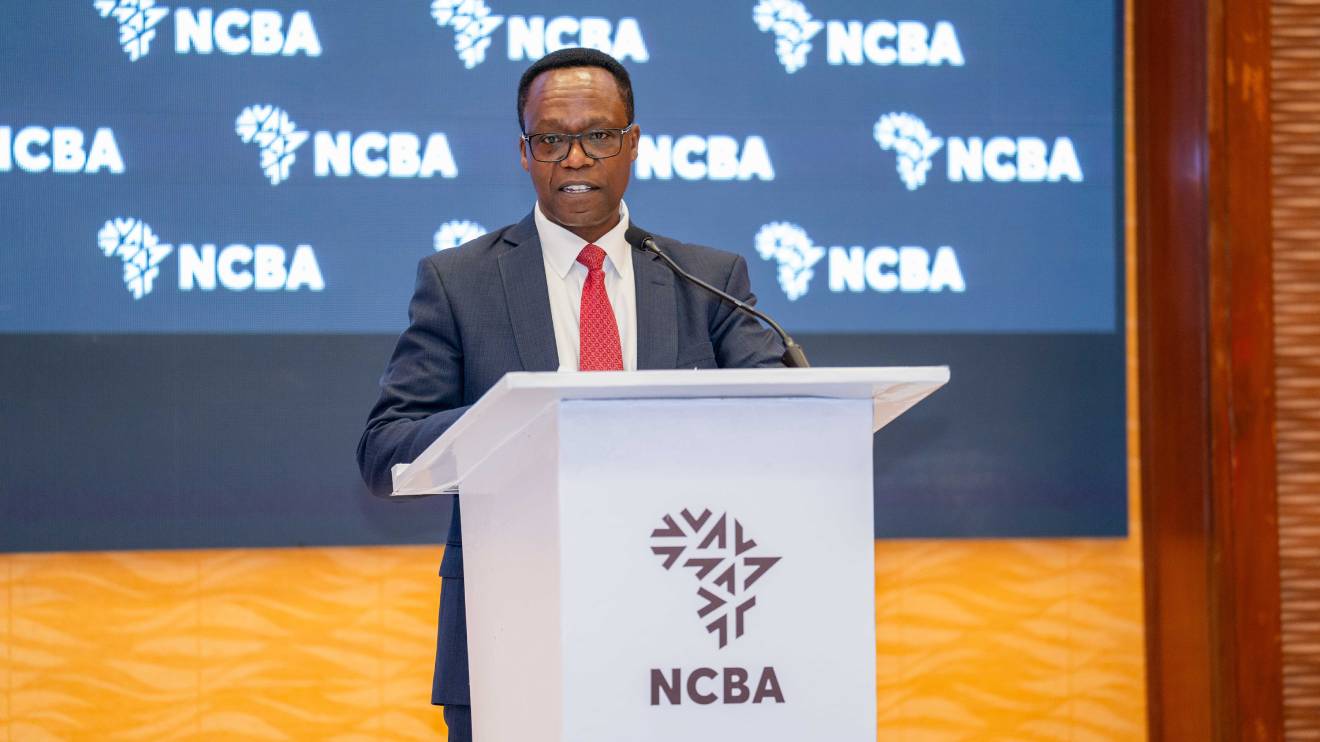NCBA Bank has announced an increase in lending rates effective November 8, 2023.
Borrowers of Kenyan shilling-denominated loans will experience a rate hike from 13 per cent to 14.5 per cent, while dollar loans will now carry an interest rate of 11 per cent, up from 10.5 per cent.
The decision, marking the second rate adjustment in less than four months, comes as borrowers grapple with the impact of a surge in defaulted loans, which reached a 16-year high at 15 per cent in August.
According to NCBA Bank's notice to its customers, the move is a response to the current macroeconomic environment and rising interest rates, as cited in their official notice to customers.
The lending rate increase by NCBA Bank, along with several other Kenyan financial institutions, can be attributed to the earlier decision of the Central Bank of Kenya (CBK).
Read More
“Due to the current macroeconomic environment and rising interest rates, we wish to advise that our base lending rate will increase to 14.5 per cent for shilling-denominated loans and to 11 per cent for dollar facilities effective November 8, 2023,” the notice read.
In August, the CBK's Monetary Policy Committee (MPC) raised its base lending rate from 9.5 per cent to 10.5 per cent, aiming to combat rising inflation.
The nation's inflation rate had climbed to eight per cent in June from 7.9 per cent in May.
This trend of increasing lending rates by commercial banks has had a significant impact on borrowers, causing some to struggle with loan defaults.
The outstanding defaulted loans surged to over Sh596 billion by the end of August, marking a steep rise from the previous month's 14.5 per cent default rate.
NCBA Bank's decision to raise lending rates underscores the challenges faced by the banking sector in an environment of inflationary pressure.
It also reflects the cautious stance taken by financial institutions to protect their interests in the face of rising macroeconomic uncertainty.
As the lending landscape in Kenya continues to evolve, borrowers must remain vigilant about these shifting rates and the impact they may have on their financial obligations.
The increased lending rates will undoubtedly have a direct effect on borrowers, potentially leading to higher defaults and further economic repercussions.


-1756474472.jpg)



-1753733469.jpeg)


